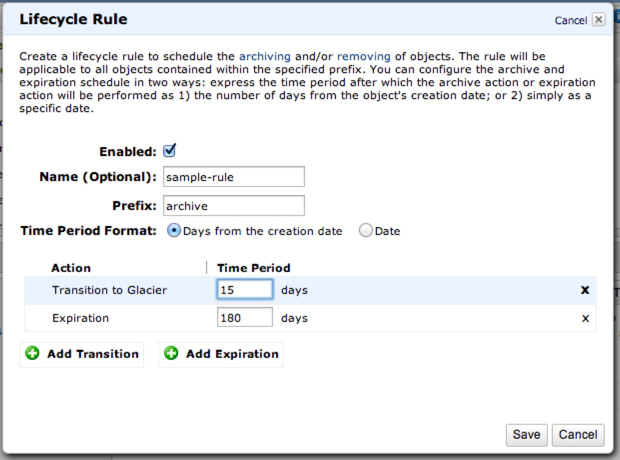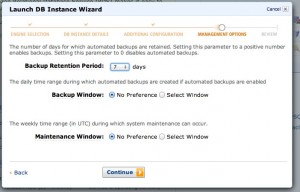The Easiest Way to Restore Transaction Logs to A Point In Time (Spoiler: Use AmazonRDS)
28 Comments
… is to use a SQL Server where a robot does it for you! Let’s take a look at how you can do this in AmazonRDS’s hosted SQL Server these days. Normally, restoring transaction logs is super tedious. You’ve got to restore all the files in the right order, for every single database. Even if…
Read More













